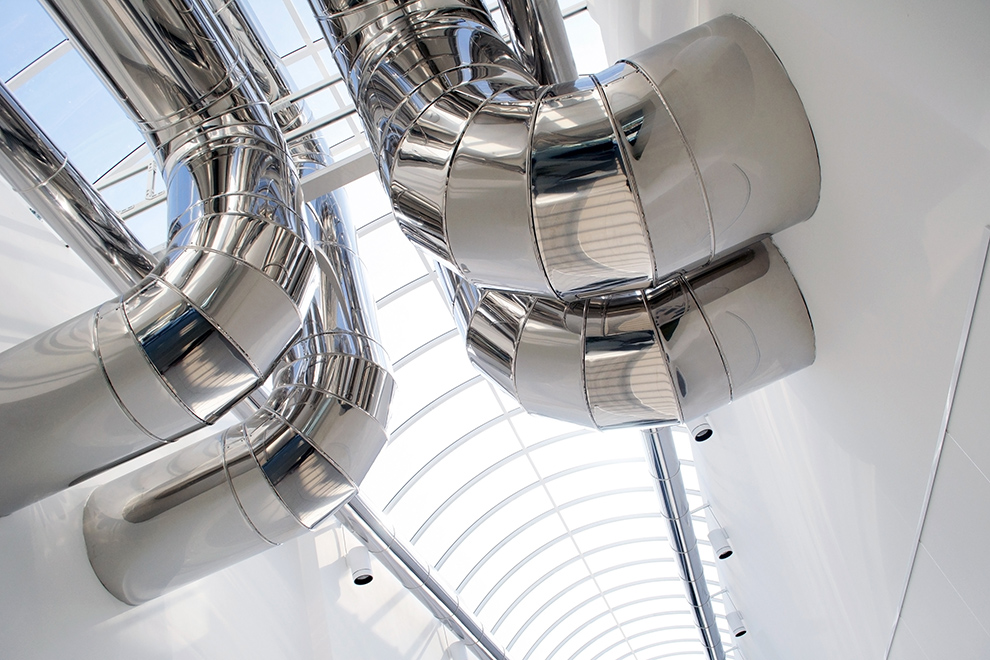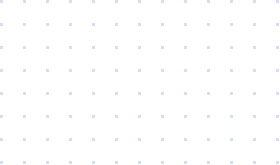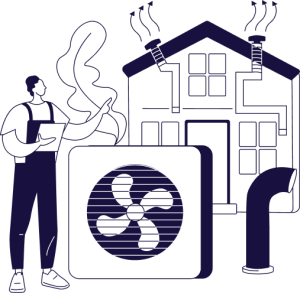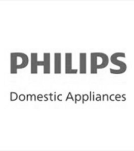Program 01
Intelligent Building Systems
About Program 01
Buildings need new technology, better sensing and better airflow mapping to enable intelligent decision making on how to lower concentrations of pollutants generated indoors in an energy efficient manner. Can we develop real-time, energy efficient solutions? Although each room in a building is potentially occupied by varying numbers of occupants performing different activities, few systems provide individual room feedback to the control system that governs the IAQ in each room. Even with feedback from individual rooms, mechanical systems installed in buildings do not allow for individualised IAQ controls. Innovative hardware (e.g., additional instrumentation) and software (e.g., building automation system add-ons) could remedy the situation14. However, these solutions may not mitigate the risk of airborne infection transmission. Hence, building operators might not fully understand the risks, or how to resolve them within the constraints of the mechanical systems that control building air flow. Program 1 includes three projects.


Projects
PhD Project 1.1 – The potential for air conditioning systems to recirculate pathogens
It has been hypothesised that air-conditioning systems can recirculate and spread airborne pathogens more broadly in indoor spaces. Almost no scientific work has been done to address this question. However, standards are already being proposed for testing recirculation of air through HVAC systems. We seek to clarify whether pathogens circulated through heating, ventilation, and air-conditioning (HVAC) systems can increase infection transmission for different building system configurations.
It is expected that indoor transmission through HVAC systems operations can be affected by many parameters, including proximity of the particle emission source (infected human) to return air, amount of fresh air added to the system, filters used in air handling units, frequency of cleaning/changing filters, variation in the number of occupants, and changes to airflow pathways due to changes in furniture/equipment location. The outcomes of this study are crucial to inform decisions on future HVAC and building philosophies. If COVID-19 and other respiratory diseases can spread through ventilation systems, strategies such as increasing fresh air supply and technologies such as ultraviolet (UV) germicidal irradiation could become critical and their effectiveness as part of the building system needs to be understood. Overall, this project aims to:
- Characterize the transport timescale of particles through various HVAC systems.
- Characterize the atmospheric conditions throughout various HVAC systems (humidity, temperature, CO2 concentration).
- Investigate pathogen viability in the replicated HVAC atmospheric conditions.
- Investigate pathogen viability on the surfaces of HVAC ducting.
- Investigate the potential for particles to transport through HVAC systems.
PhD Project 1.2 – Advanced indoor computational fluid dynamics modelling to assess indoor particle movement
There are essentially three aspects of fluid dynamics relevant to the problem of airborne infectious disease transmission:
(a) particle generation and expulsion;
(b) liquid particle evaporation and particle-particle induced transport; and
(c) air movement that carries virus-laden particles from the infected to the susceptible.
Computational fluid dynamics (CFD) is key to mitigating transmission in the real world via a better understanding of all physics aspects. CFD is, however, a complex field. Usually, complexity is associated with air turbulence, but air movement around a room is very slow, close to laminar, so why is it so hard? The answer is that extremely slow-moving air is highly sensitive to boundary conditions, thermal effects and small internal disturbances. New ways of thinking and modelling are required to solve this problem. We propose to take the insights published globally and apply them to large-scale practical scenarios such as entire hospital wards, auditoriums, cold working environments (e.g., cold storage, abattoirs), restaurants and open offices, seeking out events or parameter sets that could lead to air-flow induced superspreading.
A key aspect will be training advanced CFD models on experimental data from aerosol transport simulation room at UM. This experimental data will be used to validate CFD models that include features such as thermal gradients, unsteady boundary conditions and liquid particle physics. Outcomes will be state-of-the-art expressions of airflow in high-risk, high-use settings, at a high level of detail, to help in the design of new engineering controls.
PhD Project 1.3 – Advanced building controls to increase ventilation and improve humidity control
Data-driven improvements to Building Management Systems (BMS): BMS are highly advanced, but interaction with humans is lacking. Until IAQ improvement can be reliably and cheaply fully automated, we require better interaction with the BMS. This includes warning systems for poor IAQ events.
Current systems consider human interfaces, but apparently do not account for workload of typical building managers or facilities managers. In collaboration with our partners, we have access to building information in real time from thousands of buildings in North America and around the world. In collaboration with Computer Science colleagues.
This project aims to
- use data science to analyse ventilation systems and predict IAQ outcomes for an -unprecedented number and range of new and old buildings.
- to assess the current state-of-the-art of BMS human interfaces and design improvements to make IAQ improvements easier and more integrated into facilities managers work patterns.
PhD Project 1.4 – Cost-effective intelligent ventilation control
There are few genuinely practical, industrial-scale solutions to ventilation improvement. One route is to design entirely new HVAC systems with increased airflow, which would incur high operating costs. Currently up to 50% of building costs are HVAC-related; therefore, it is a major economic and environmental challenge to reduce infection risk with HVAC systems.
We explore the value proposition of a dedicated air-cleaning system, entirely separate to the building HVAC. As an “emergency” system, this has many potential advantages over modifying HVAC. The concept is to mount industrial air-cleaners in ceilings or walls, whose sole purpose is to recirculate and filter air through HEPA or other filters. Little energy is required to move air through a filter compared with moving air through a heating and cooling system. This could be controlled by the sensors discussed in project 1.3, and could operate only during emergencies (e.g., epidemic, bushfire, or high pollution event), which could be detected by additional sensors placed outside the buildings, providing input to the logic used by the system controlling the filters.
Combining data from both outdoor and indoor sensors with artificial intelligence/machine learning predictability models (see project 4.2) would improve the accuracy and response time of the solution, leading to higher filtration effectiveness and lower energy usage. Such systems could be designed to work on an individual room level and would cost nothing extra at low-risk times (e.g., at night) and for unoccupied rooms. This solution requires research and would represent a significant change to current practice, so it needs full modelling via CFD (project 1.2). Finally, a cost-benefit analysis for the industry, including environmental and other health benefits, needs to be completed to make a clear case for change.
Industry Partners

Interested in Current opportunities with Thrive?















